by Malcolm Jolley
I didn’t know very much about Brunello, until I met Luca Vitiello the affable young export sales director for Fanti, one of Montalcino’s top producers. We met in the offices of Le Sommelier, Fanti’s Ontario agent and one of Good Food Revolution’s Good Food Fighters. And we sampled a range of the house’s sangiovese-based red wines, as well as their Vin Santo, the Tuscan dessert wine.
My lack of knowledge of Brunello was the result, more than anything, of a simple lack of experience. There just isn’t that much of it made or that finds its way here and what does is not cheap. Also, for a neophyte, the term Brunello can be somewhat confusing, since it refers to both the DOCG region of Brunello di Montalcino and the varietal of grape used to make it, which in turn is actually a clone or type of Sangiovese, which is the main grape of the better known Tuscan wine, Chianti. Got it?
Anyway, what I did know about Brunello was that it was a wine that was not to be passed up when offered, and for an hour on a recent morning, Signore Vitiello would, using the Fanti winery as an example, explain why.
Vitiello’s opening explanation on why Brunello is such a great wine was simply that its grown and made on a “territory blessed by God.” Well, fair enough. But it turned out there was more to it: like many of the world’s great wines, Brunello vines are exceptionally fickle and offer very low yields. The grapes, which are tightly clustered, small berries, Vitiello explained “need to suffer”. Everything is done by hand including, of course inspection and selection before any wine is actually made. In the cellar, Brunello takes more time (and time is money, of course) both in maceration and also time spent in wood (which is also not cheap): 28 months. They only make about 3,500 cases (40,000 bottles) of the stuff every year.
We tasted two of Fanti’s other red wines, a 2007 Rosso di Montalcino made from Sangiovese from younger vineyards and/or grapes that did not make the selection into their Brunello. We tasted as well their 2007 Sassomango Sant’Antimo Rosso (IGT) which is 70% Sangiovese blended with Merlot, Syrah and Cabernet Sauvignon. Both were lovely deep red wines showing great value for being priced under $25. But then, we hit the 2004 Fanti Brunello di Monticello and it all made sense. It was a beautifully rich and supple red wine full of what wine writers call “black fruit” and, I thought, violets. Lesson learned.
As it turns out, the Fanti family are not just serious Brunello producers but are also olive growers. They also sell bulk young wine to the local villagers for a few euros a litre, just to keep up tradition, and make a grappa from pomace (skins and pressed flesh) left over from pressing the grapes. Finally, they make a very small amount of traditional Vin Santo. Their Vin Santo is made from a mix white grapes (Trebbiano, Malvasia and San Colombano) which are harvest and then hung to dry and sweeten-up (I believe the technical term is “raisinate”, even though it sounds made up). This is straight forward enough, but when the raisinated grapes are pressed and fermented they are left in small barrels called caratelli with a third left empty for exposure to air. The caratelli are sealed with mortar, and the wine is left to oxidise and mature for five years. Production is incredibly small: 1,600 1/2 bottles (the equivalent of 267 750ml bottle cases of 12). We were lucky enough to try the 2005. It was a surprisingly refreshing wine, while their were sweet dried fruit and nut flavours (walnuts, and a touch, even, of tobacco) it was all balanced by a honeyed acidity. The effect was, of course, to want to take another sip.
Fanti wines, including 2004 and 2006 Brunellos are available by the six pack from Le Sommelier.
 Malcolm Jolley is the executive director of Good Food Media, a not-for-profit organisation dedicated to educating the public about artisanal food and the publisher of Good Food Revolution. Follow him at twitter.com/malcolmjolley.
Malcolm Jolley is the executive director of Good Food Media, a not-for-profit organisation dedicated to educating the public about artisanal food and the publisher of Good Food Revolution. Follow him at twitter.com/malcolmjolley.
x
x

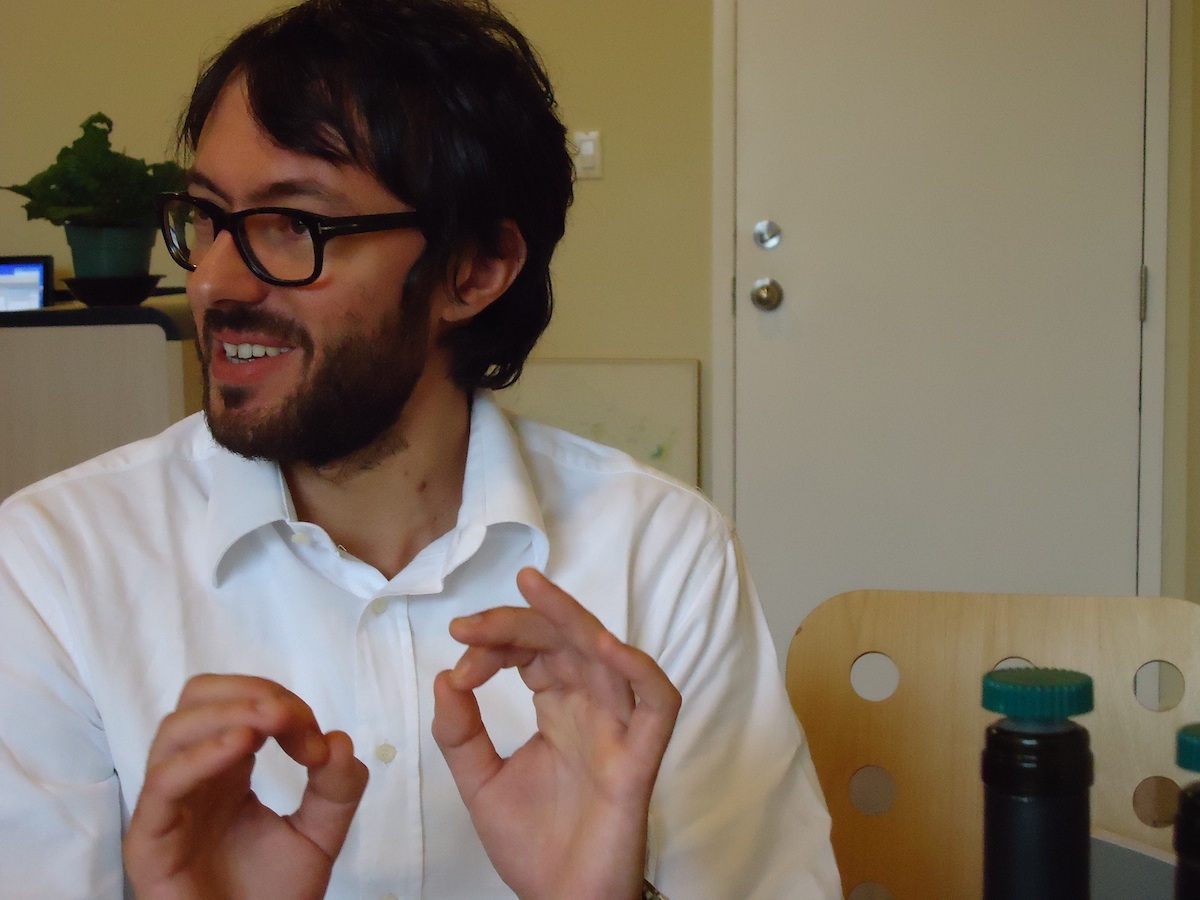




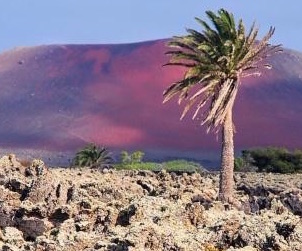
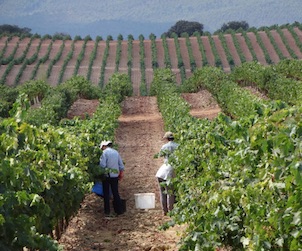
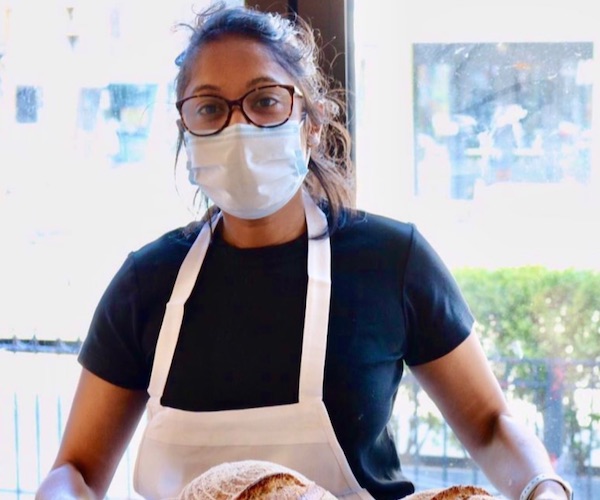
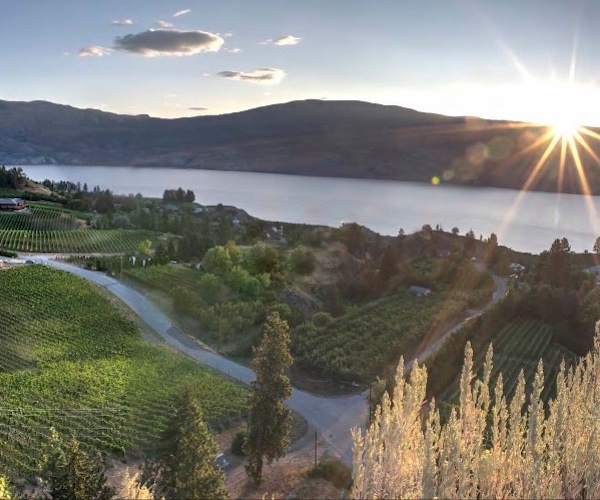

Great article Malcolm. Glad you enjoyed the wines, and learned a few things about the region, and the wines.
Very nice article Malcom.
Thank you for the interview, it was very nice and interesting talking to you about Our Wines and tasting them together!
Best regards,
Luca